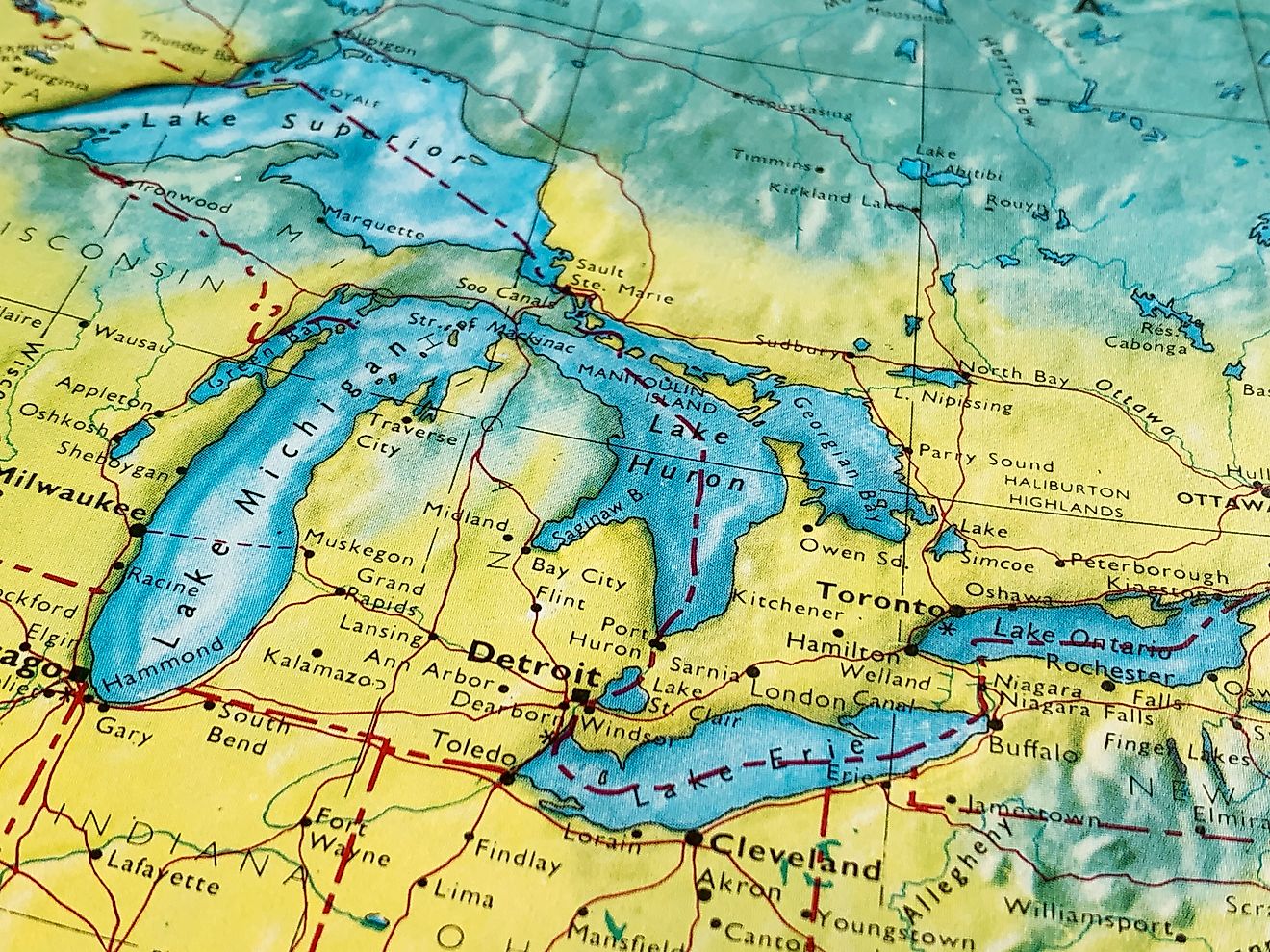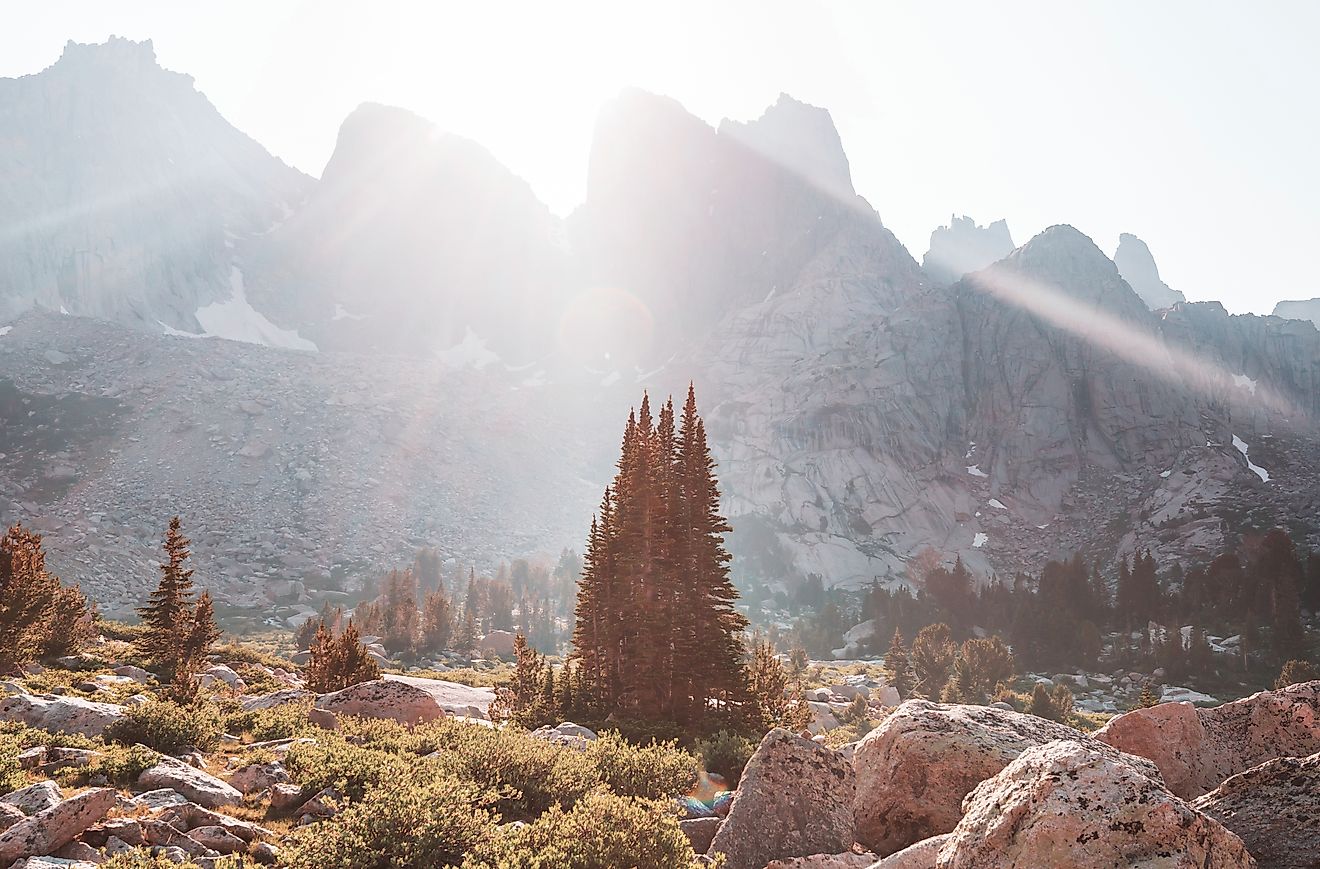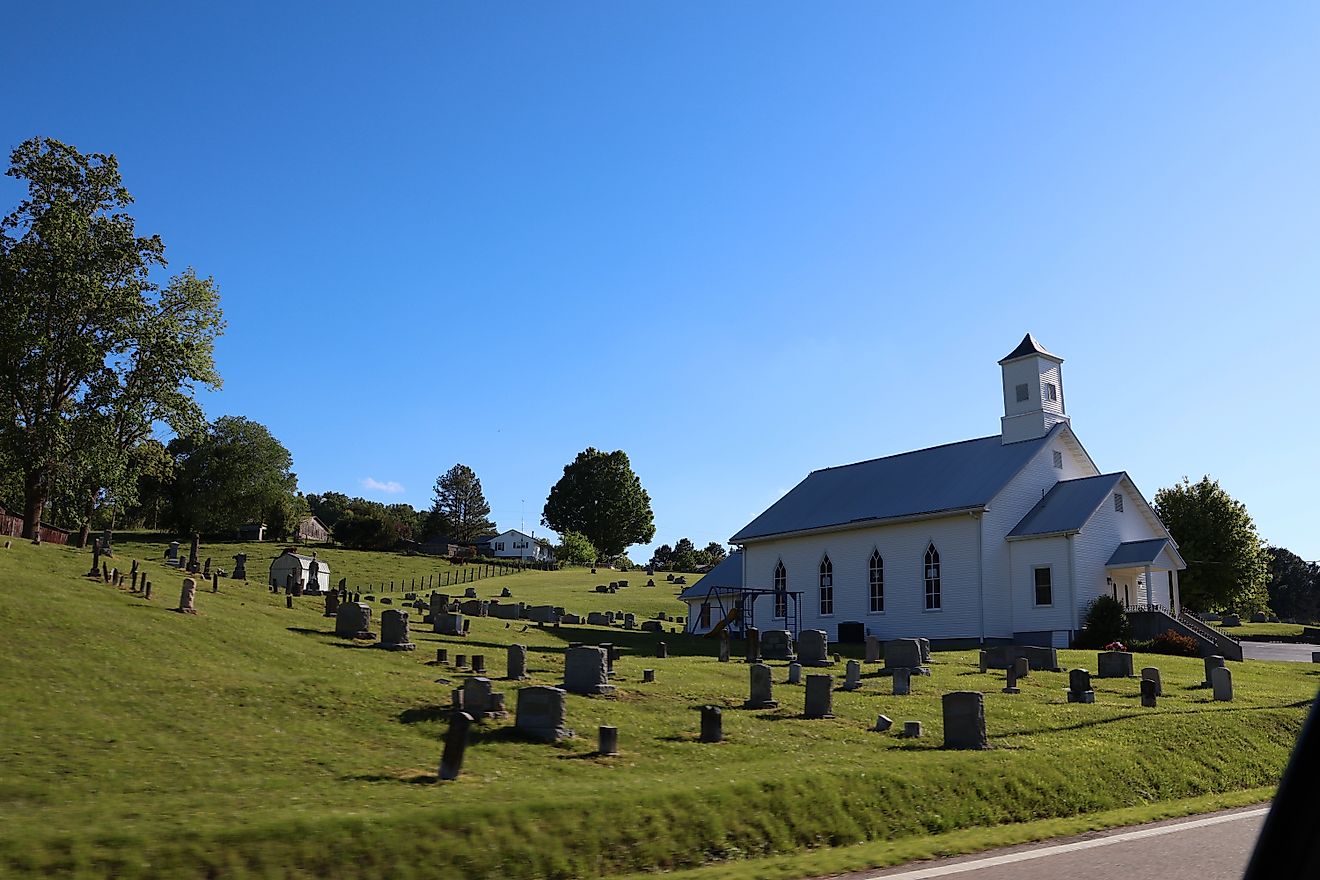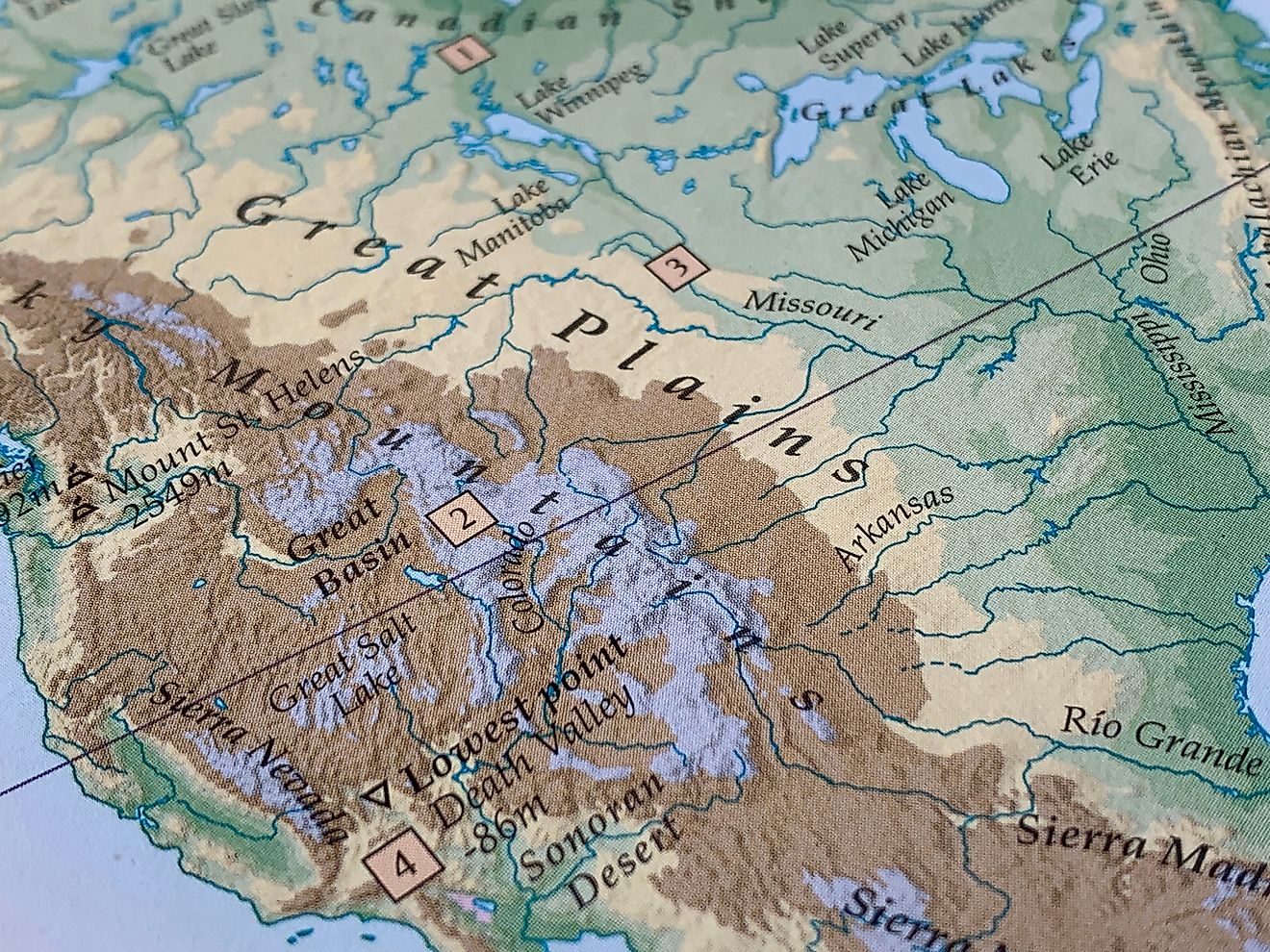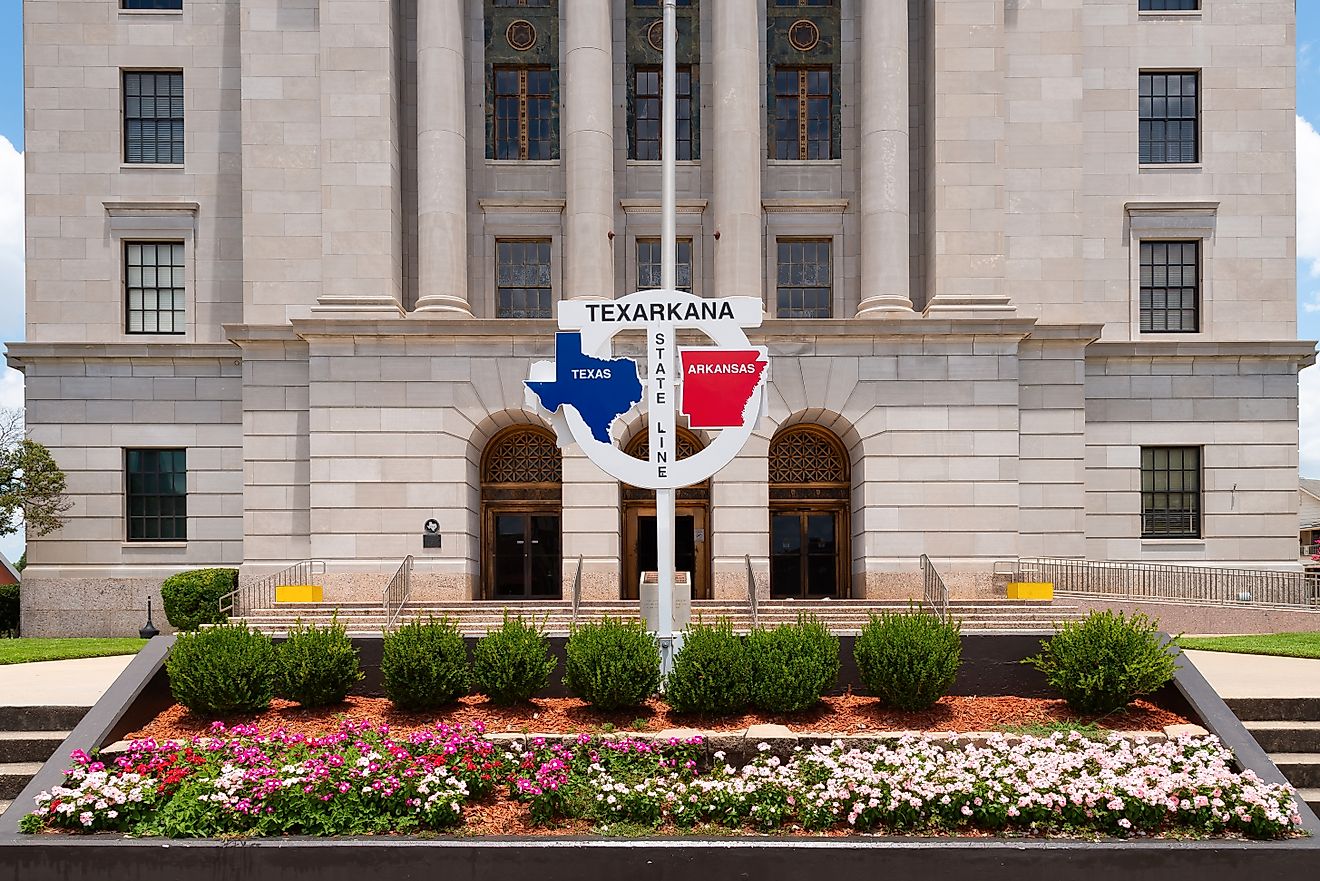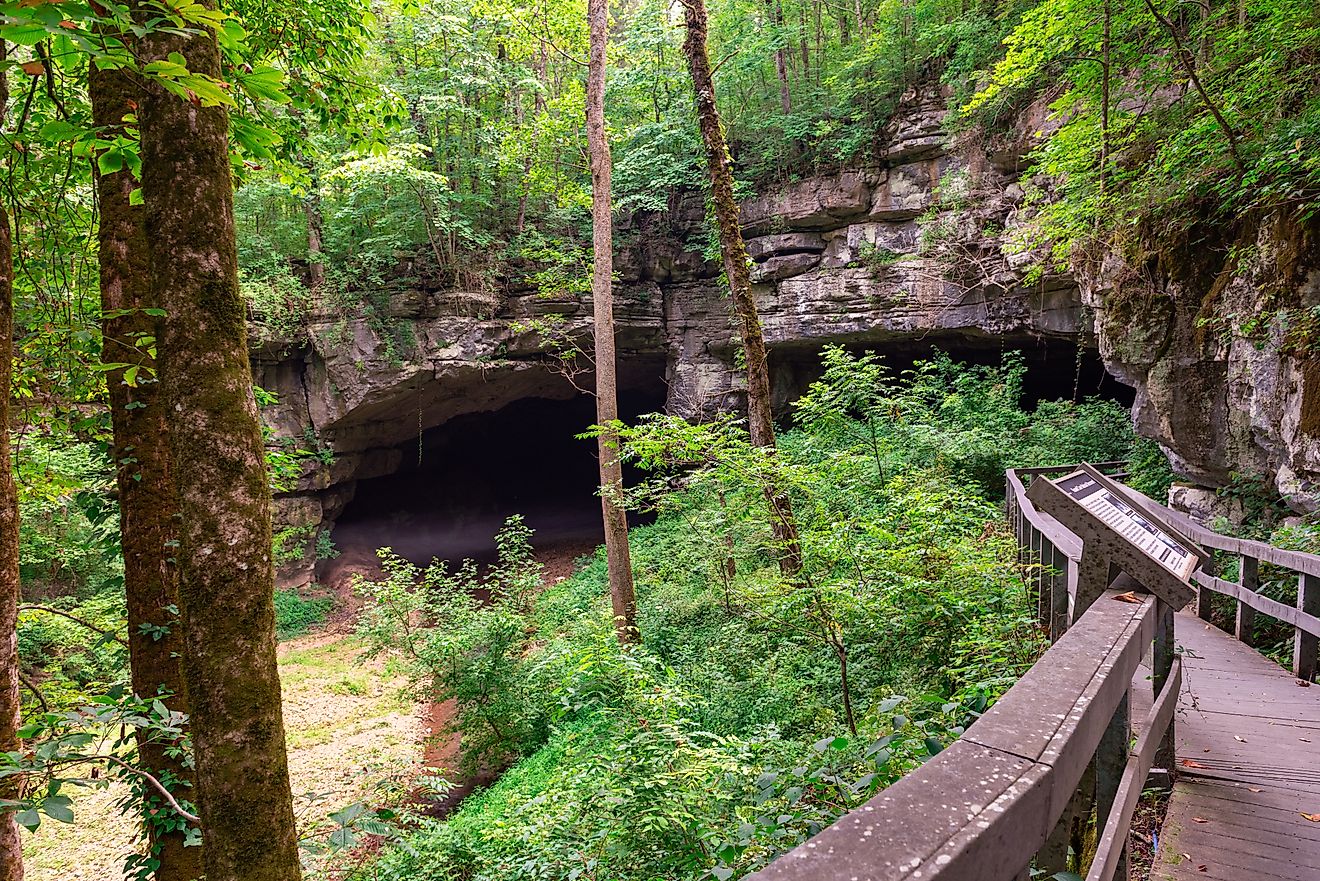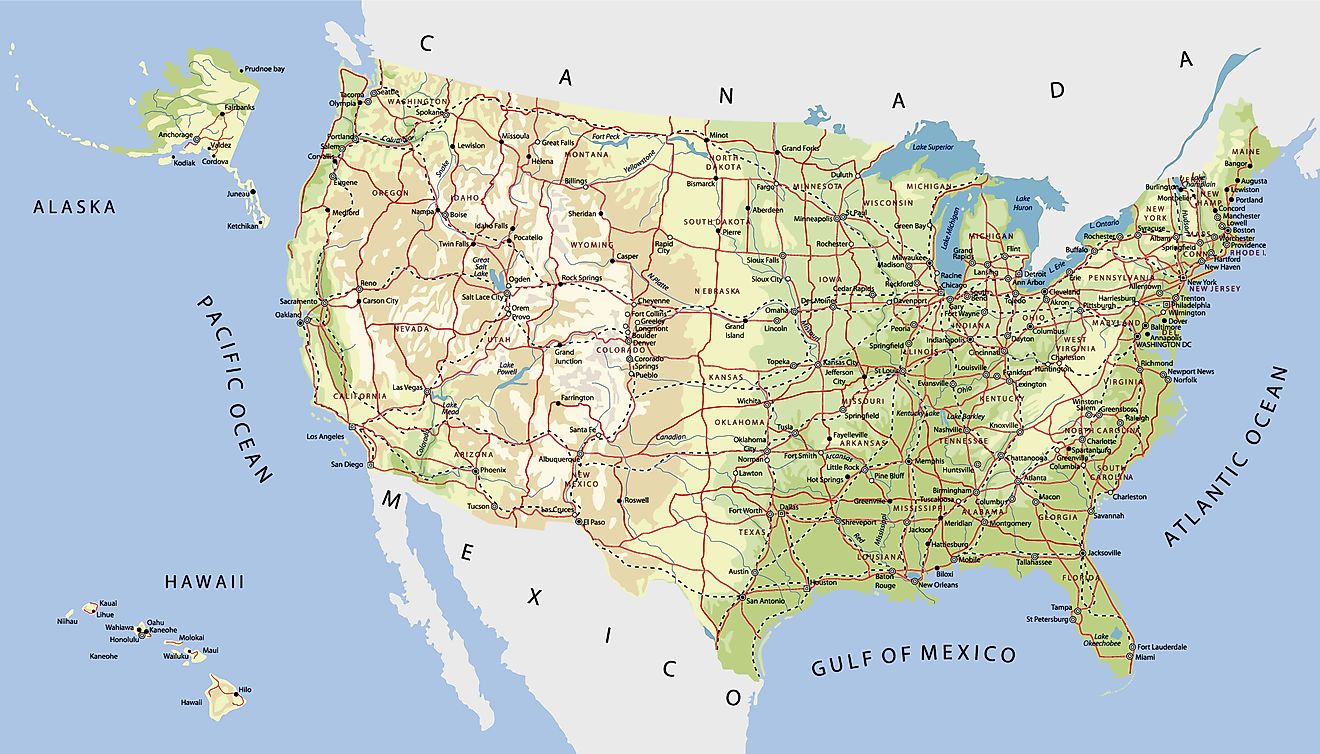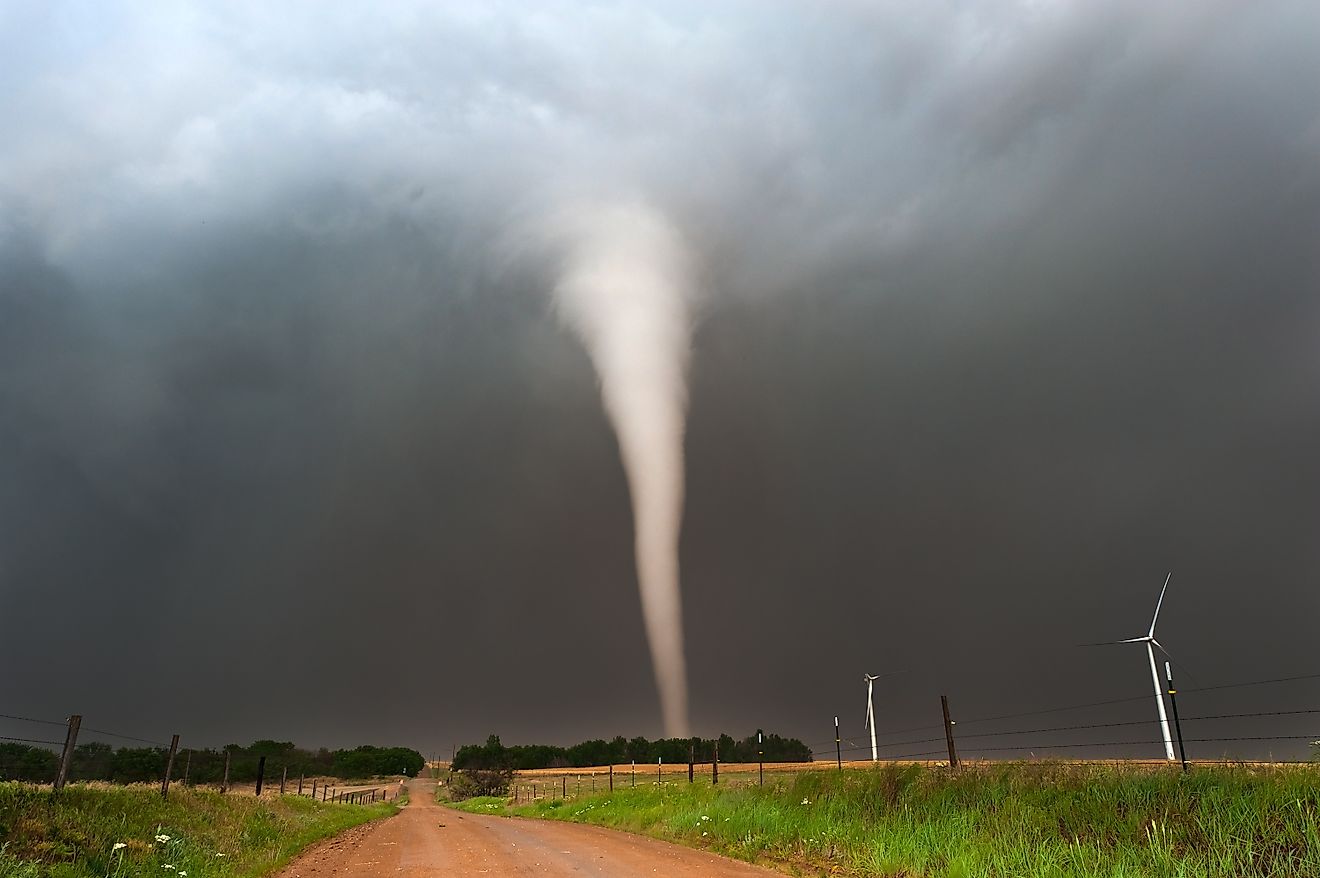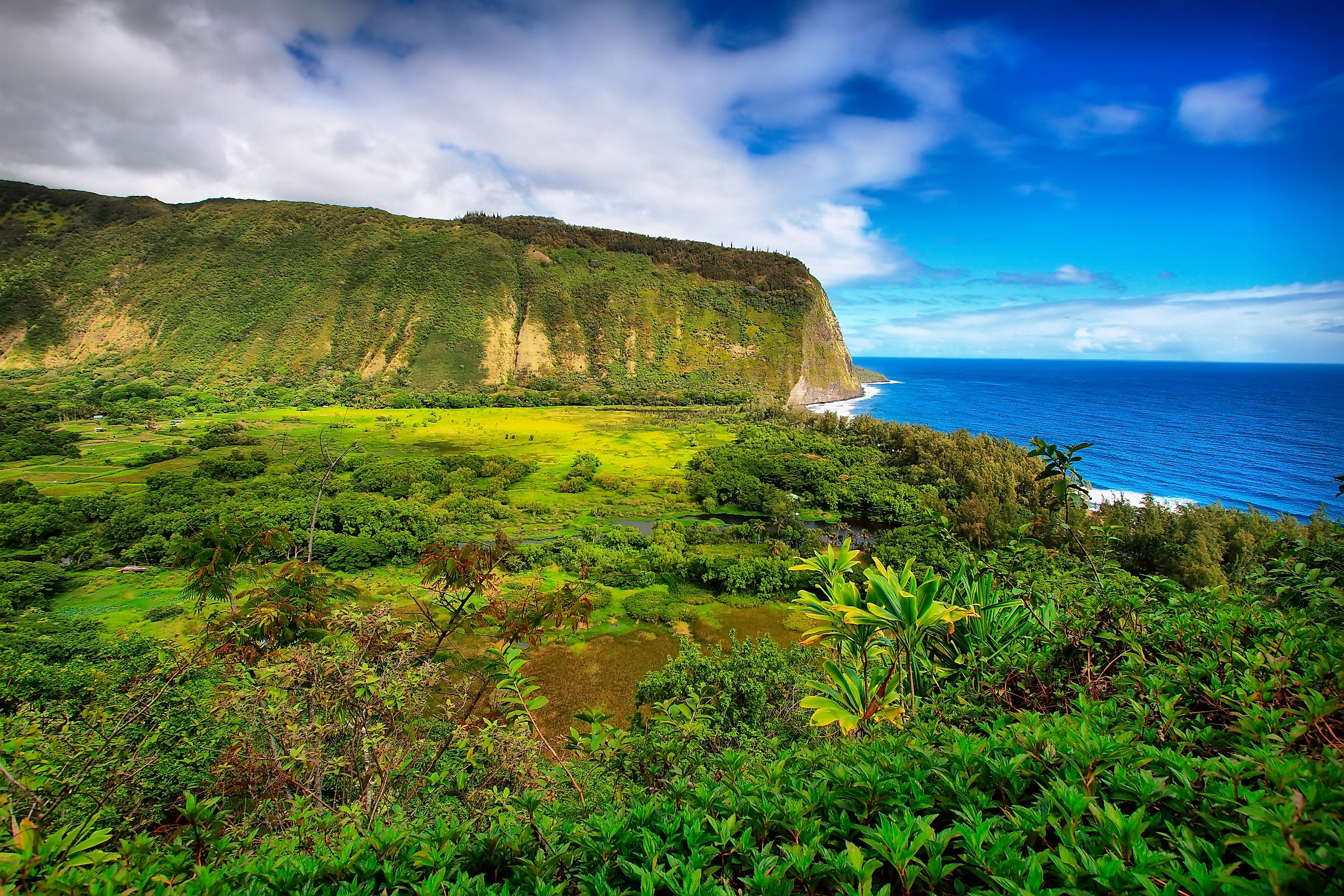
The Largest Islands In The United States
The United States is home to some of the largest and most diverse islands in the world, each with its own unique landscapes, cultures, and ecosystems. From the tropical paradise of Hawaii to the remote wilderness of Alaska, these islands offer a wide array of natural beauty and unforgettable experiences. Some, like Puerto Rico, combine rich history and vibrant culture with stunning coastlines, while others, like Prince of Wales and Chichagof Island, are vast and largely untouched, perfect for adventurers seeking solitude and exploration.
Journey to the five largest islands in the United States, and learn about what makes each one remarkable and why they are must-visit destinations for travelers looking to experience the diversity of American landscapes.
Hawaii Island: The Biggest and Most Famous

Total Area: 4,028 square miles
Hawaii is the largest island in the United States, known for its spectacular landscapes, volcanoes, and rich cultural history. Located in the Pacific Ocean, it is often called the “Big Island” to distinguish it from the state of Hawaii as a whole.
Hawaii’s Big Island is home to diverse ecosystems, from its active volcanoes like Kīlauea to its rainforests and dry deserts. The island also features Mauna Kea, the tallest mountain in Hawaii, at 13,796 feet, and offers tropical weather that can vary from lush and wet to sunny and dry.
Hawaii has a rich cultural heritage, with a strong indigenous presence. The island’s historical landmarks, including the Pu'uhonua o Honaunau National Historical Park, highlight the culture of ancient Hawaiians. Visitors can also enjoy traditional Hawaiian music, hula dancing, and world-class beaches.
Kodiak Island: The Largest Island in Alaska

Total Area: 3,588 square miles
Kodiak Island is the largest island in Alaska and the second-largest island in the United States. It’s renowned for its wild beauty, with towering mountains, dense forests, and abundant wildlife. It is characterized by steep, rugged mountains and deep fjords. It has a maritime climate, with cool temperatures and heavy rainfall, making it a haven for fishing and wildlife viewing.
Kodiak Island has been inhabited by the Alutiiq people for over 7,000 years. Today, Kodiak is a bustling hub for the fishing industry. The island is famous for its Kodiak brown bears, which are larger than grizzly bears and roam freely in the island’s wilderness.
Puerto Rico: A US Territory with a Rich Cultural Tapestry

Total Area: 3,515 square miles
Puerto Rico, the third-largest island in the US, is a significant cultural and historical destination nestled in the Caribbean Sea. As a US territory, it blends the warmth and beauty of the Caribbean with the conveniences of American life. It boasts a tropical climate, with lush rainforests like the famous El Yunque National Forest, pristine beaches, and mountainous terrains. Visitors can enjoy hiking through forests, zip-lining, or relaxing on sun-drenched shores. The island also features the bioluminescent bays of Vieques and Fajardo, creating magical experiences after dark.
Puerto Rico's cultural richness is shaped by Spanish, African, and indigenous influences, which are evident in the vibrant local traditions, music, and cuisine. The historic Old San Juan district, a UNESCO World Heritage site, is a must-visit for history buffs. The island’s culinary offerings, including mofongo, lechón, and arroz con gandules, reflect its diverse heritage.
With a population exceeding 3 million, Puerto Rico is one of the most densely populated US territories. It draws millions of visitors annually who come to explore its cultural vibrancy and natural wonders, making it a unique destination for travelers from around the world.
Prince of Wales Island: A Remote Alaskan Wilderness

Total Area: 2,577 square miles
Located in the southeastern part of Alaska, Prince of Wales Island is the third-largest island in the United States and one of the most remote. As part of the Alexander Archipelago, a group of islands along the Alaskan coast, it boasts stunning natural beauty and an abundance of wildlife. Known for its rugged terrain, thick rainforests, and coastal fjords, Prince of Wales Island offers breathtaking views and exceptional opportunities for outdoor activities such as kayaking, hiking, and wildlife viewing. The island is a paradise for nature lovers, with vast stretches of wilderness home to black bears, deer, and numerous bird species.
In addition to its natural allure, the island plays a significant role in Alaska's fishing industry, particularly in the production of salmon and halibut. Several small communities call the island home, including the city of Craig, which serves as a hub for local commerce and culture. These communities are deeply connected to the island's heritage, relying on fishing, logging, and tourism as primary sources of income. Despite its isolation, Prince of Wales Island remains an important cultural and economic part of Alaska, offering both a remote escape and a vital connection to the state’s traditions.
Chichagof Island: The Heart of the Alexander Archipelago
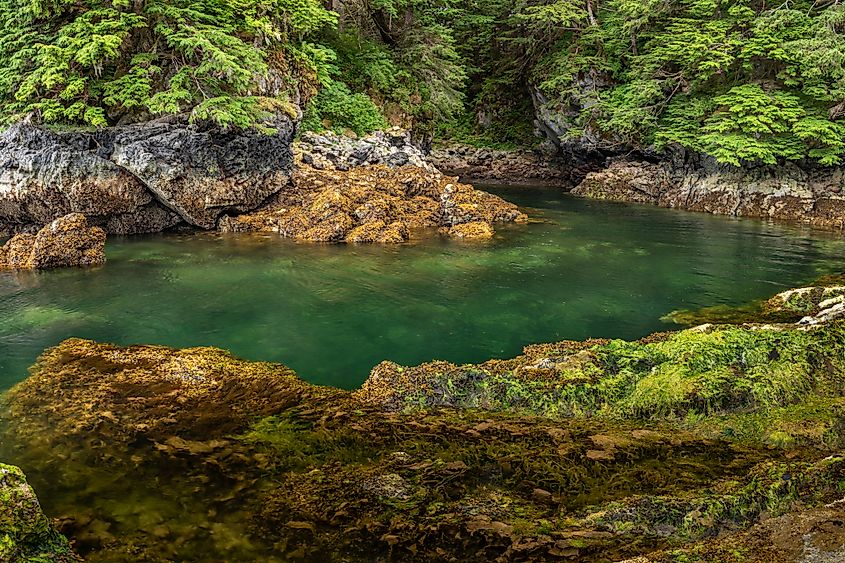
Total Area: 2,080 square milesChichagof Island, located in the heart of the Alexander Archipelago in southeastern Alaska, is one of the largest and most remote islands in the United States. With its vast, rugged coastline, lush temperate rainforests, and diverse wildlife, it offers a pristine wilderness experience. Its dense forests are home to a wide array of wildlife, including brown bears, eagles, sea otters, and many species of migratory birds, making it a prime location for wildlife viewing.
The island is sparsely populated, with most of its residents concentrated in the town of Gustavus, which lies near the entrance to the awe-inspiring Glacier Bay National Park and Preserve. This UNESCO World Heritage site is known for its towering glaciers, dramatic fjords, and thriving marine ecosystems, offering visitors unparalleled opportunities for exploration. Chichagof’s rugged terrain and remote setting provide a perfect backdrop for activities such as hiking, kayaking, and wildlife spotting. Despite its size, Chichagof remains one of the least developed islands in the US, preserving its natural beauty and providing a tranquil escape.
| Rank | Island | State | Land Area (Square Miles) |
|---|---|---|---|
| 1 | Hawaii, Hawaii | Hawaii | 4,028 |
| 2 | Kodiak, Alaska | Alaska | 3,588 |
| 3 | Puerto Rico* | *Territory of the United States | 3,515 |
| 4 | Prince of Wales, Alaska | Alaska | 2,577 |
| 5 | Chichagof, Alaska | Alaska | 2,080 |
| 6 | Saint Lawrence, Alaska | Alaska | 1,710 |
| 7 | Admiralty, Alaska | Alaska | 1,684 |
| 8 | Nunivak, Alaska | Alaska | 1,632 |
| 9 | Baranof, Alaska | Alaska | 1569 |
| 10 | Unimak, Alaska | Alaska | 1,590 |
| 11 | Long Island, NY | New York | 1,401 |
